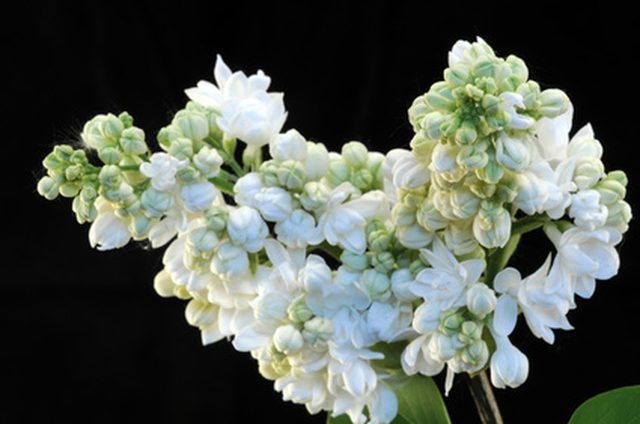Bulbs
Flower Basics
Flower Beds & Specialty Gardens
Flower Garden
Garden Furniture
Garden Gnomes
Garden Seeds
Garden Sheds
Garden Statues
Garden Tools & Supplies
Gardening Basics
Green & Organic
Groundcovers & Vines
Growing Annuals
Growing Basil
Growing Beans
Growing Berries
Growing Blueberries
Growing Cactus
Growing Corn
Growing Cotton
Growing Edibles
Growing Flowers
Growing Garlic
Growing Grapes
Growing Grass
Growing Herbs
Growing Jasmine
Growing Mint
Growing Mushrooms
Orchids
Growing Peanuts
Growing Perennials
Growing Plants
Growing Rosemary
Growing Roses
Growing Strawberries
Growing Sunflowers
Growing Thyme
Growing Tomatoes
Growing Tulips
Growing Vegetables
Herb Basics
Herb Garden
Indoor Growing
Landscaping Basics
Landscaping Patios
Landscaping Plants
Landscaping Shrubs
Landscaping Trees
Landscaping Walks & Pathways
Lawn Basics
Lawn Maintenance
Lawn Mowers
Lawn Ornaments
Lawn Planting
Lawn Tools
Outdoor Growing
Overall Landscape Planning
Pests, Weeds & Problems
Plant Basics
Rock Garden
Rose Garden
Shrubs
Soil
Specialty Gardens
Trees
Vegetable Garden
Yard Maintenance
How to Prune a Japanese Lilac Tree
How to Prune a Japanese Lilac Tree. The Japanese lilac tree--scientifically known as Syringa reticulata--is a large ornamental multi-stemmed shrub that features a vase-shaped crown, spreading branches, oval, dark green leaves, and profuse, showy flowers of creamy white, borne on large panicles. The Japanese lilac tree--which can grow to 25 feet...

The Japanese lilac tree--scientifically known as Syringa reticulata--is a large ornamental multi-stemmed shrub that features a vase-shaped crown, spreading branches, oval, dark green leaves, and profuse, showy flowers of creamy white, borne on large panicles. The Japanese lilac tree--which can grow to 25 feet tall and almost as wide--makes an impressive specimen planting or accent tree. By using the proper pruning techniques, you can encourage shapely and vigorous growth, promote flowering, and make your Japanese lilac tree more resistant to pests and diseases.
Things You'll Need
Pruning shears
Pruning saw
Disinfectant solution of one part bleach to nine parts water
Prune the flowers from your Japanese lilac tree as soon as they are spent. According to the About Lilacs website, this will help prevent the tree from creating seeds, and instead focus its energy on buds for next year's bloom. Prune your lilac by hand with a pruning shears, rather than electric trimmers; those make the top of the shrub flat and thereby sacrifice the attractive rounded shape.
Use a pruning saw to remove any branches on your Japanese lilac tree that are dead, diseased, or damaged to reduce susceptibility to pests and diseases, disinfecting the pruning saw after every cut with a solution of one part bleach to nine parts water to prevent spreading pathogens.
Remove branches from the center of your Japanese lilac tree, cutting them back to the trunk. The goal is to open up the interior of the tree to more light and increased air circulation--particularly important for Japanese lilac trees, which are subject to fungal diseases.
Perform a rejuvenation pruning on mature Japanese lilac trees every few years by cutting one-third of the large, old stems all the way back to the ground in late winter. The following year, again in late winter, remove half of the old stems. The third year, remove the remaining old wood, thereby rejuvenating the entire shrub. Since lilac branches need to be three years old before they produce blooms, this method allows you to do a rejuvenation pruning and still enjoy yearly flowers.
Prune some of the suckers--small new shoots growing out from the trunk at ground level--after blooming has ended. Allow some of the suckers to remain unsnipped; they will turn into mature trunks that will replace the ones you cut during rejuvenation prunings.